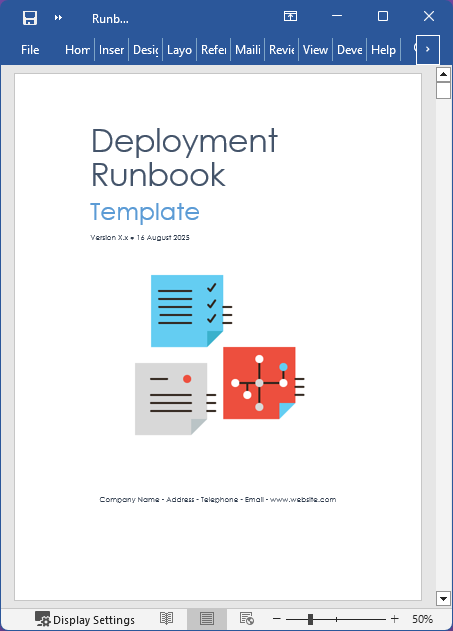Procedure Writing
What Ferrari’s 2-Second Pit Stops Teach Us About Flawless Deployments
Since lockdown, I’ve been mad about the Netflix series Drive To Survive. While the driver rivalries are compelling, what caught my attention was the efficiency the pit stops. Most crews can now change four tires in under three seconds. This season, Ferrari executed a stop in 2.04 seconds.
But, this isn’t just about speed; it’s about precision under immense pressure. In a technical breakdown, team engineers explained how they shave hundredths of a second off each action:
- The driver must hit their mark with millimeter accuracy.
- 4 crew members, each with a single, defined task, work together.
- Four wheel guns engage, old tires off, new ones on.
- The chief engineer gets the all-clear and releases the car back into the pit lane.
This performance is the result of a meticulously planned, optimized, and endlessly practiced procedure. In F1, it’s called a protocol.
In IT Operations, we call it a runbook.
What does this mean for you? Every successful deployment, like a pit stop, relies on the same principles. One missed step, misconfigured variable, or a moment of miscommunication leads to downtime, service degradation, and rollbacks. The most friction-free engineering teams don’t leave this to chance; they operate from a clear, authoritative runbook.
That’s why I’ve developed a template to bring that same F1-level precision to your team. The Deployment Runbook Template.
This isn’t just a checklist; it’s a detailed framework to help you standardize procedures, reduce human error, and perform deployments with more confidence. Following this, we will be releasing templates for SRE and Employee Onboarding.
Product Details
Here’s a look at what’s inside the Deployment Runbook template:
This template is organized into 14 key sections, covering every phase of the deployment process.
Detailed Table of Contents:
| Section | Title |
|---|---|
| 1 | Overview and Scope (Purpose, Scope, Audience, Versioning) |
| 2 | Pre-Deployment Prerequisites (Readiness Checklist, Access, Backup, Dependencies) |
| 3 | Deployment Configuration (Environment Specs, App Configs, Infrastructure, DB Scripts) |
| 4 | Deployment Procedures (Workflows for Standard, Blue-Green, Canary, Rolling) |
| 5 | Monitoring and Validation (Health Checks, Performance, Functionality, Load Verification) |
| 6 | Rollback Procedures (Decision Criteria, Automated Triggers, Manual Steps, Validation) |
| 7 | Troubleshooting Guide (Common Failures, Performance Issues, Connectivity Problems) |
| 8 | Post-Deployment Activities (Verification, Baseline Establishment, Documentation Updates) |
| 9 | Emergency Response (Critical Failure Procedures, Escalation Matrix, Contacts) |
| 10 | Maintenance and Operations (Schedules, Optimization, Security Patching) |
| 11 | Appendices A (Command Reference, Config Templates, Escalation Paths) |
| 12 | Appendix B: Reference Documents |
| 13 | Appendix C: Glossary of Terms |
| 14 | How to Use This Template |
- File Format: Microsoft Word (.docx)
- Language: English
- Page Count: 52 pages
- Compatibility: Fully editable in MS Word, Google Docs, and other compatible word processors.
- Instructions: Includes a dedicated “How to Use This Template” section with clear instructions for updating logos, styles, and the table of contents.
Ready to turn your deployment process into a competitive advantage?

